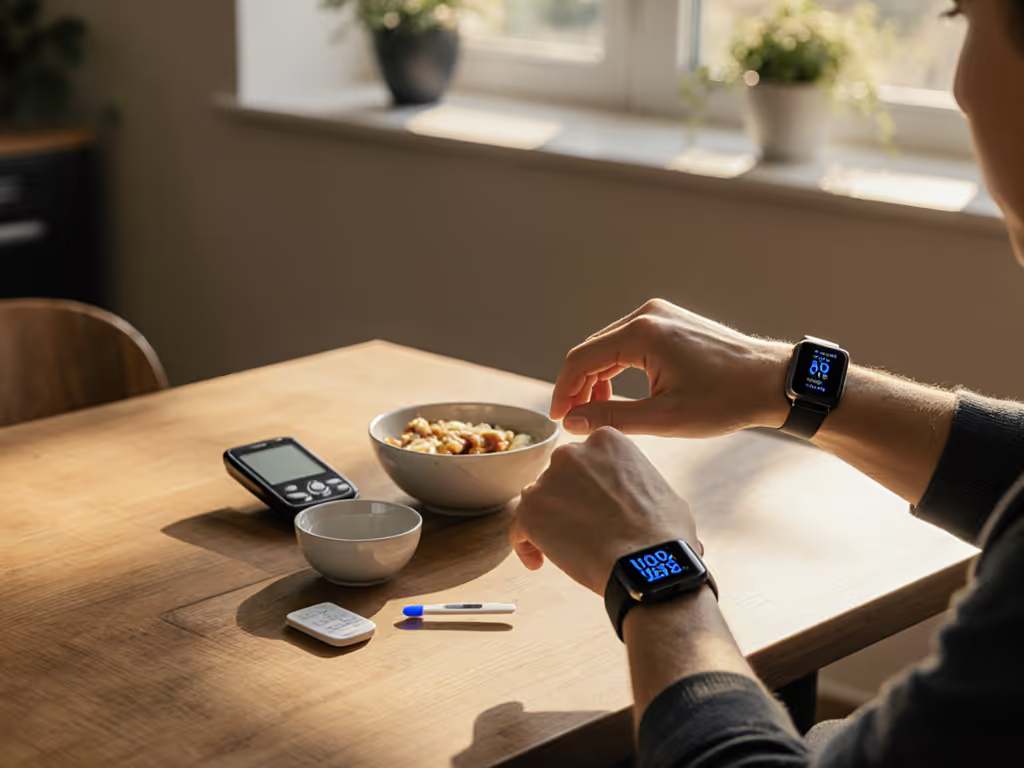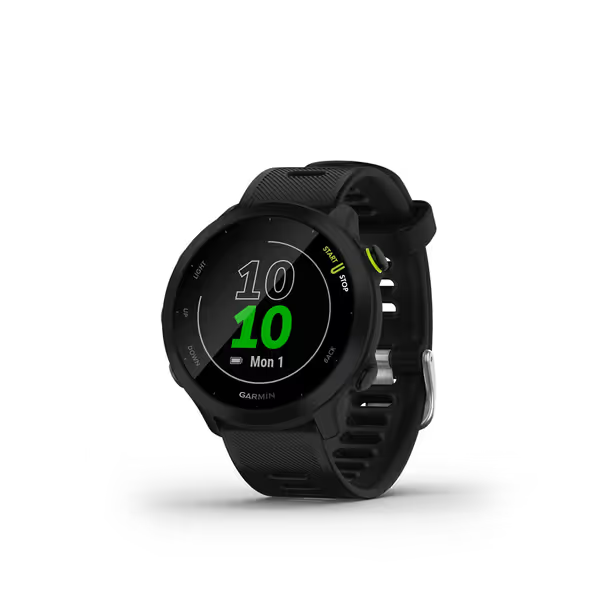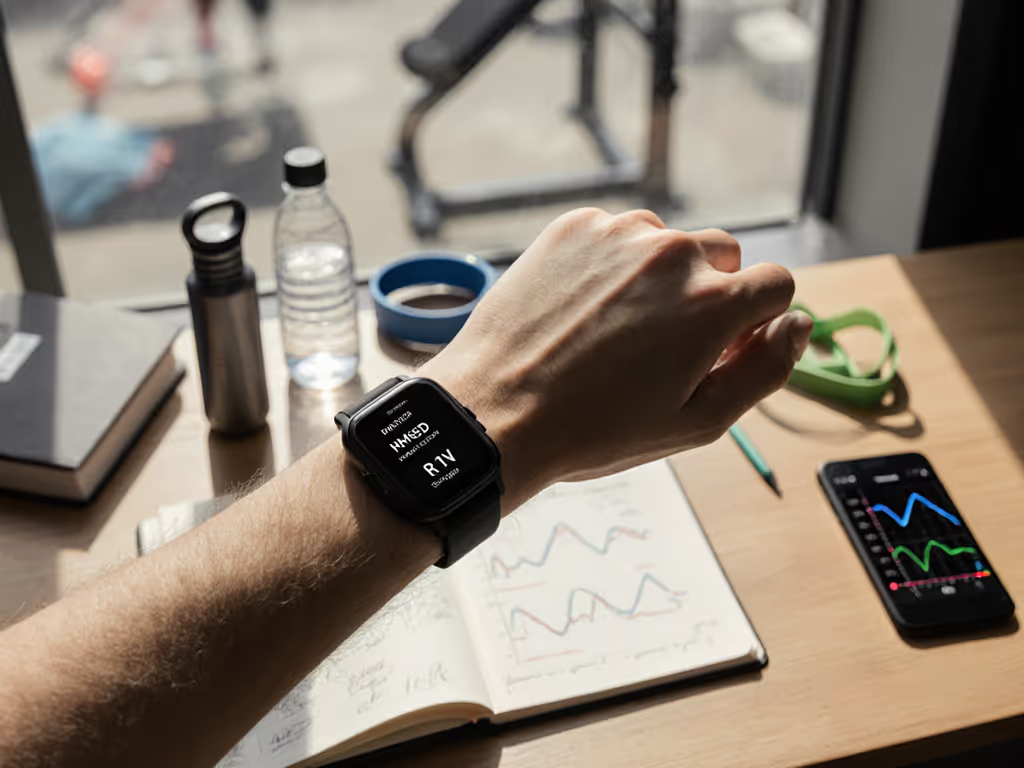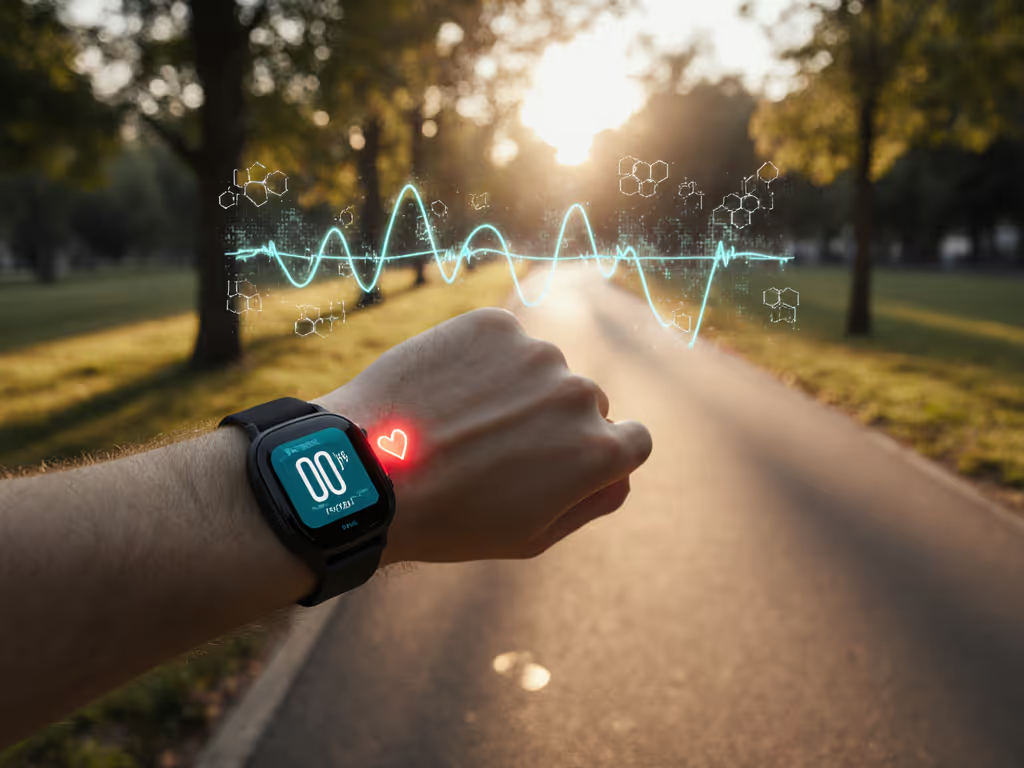
Fitness Tracker Training: Stop Guessing, Start Progressing

If you're like most fitness tracker users, you're collecting data without a clear path to progress, scanning your wrist for metrics that don't translate to real results. True value emerges when you pair your device with fitness tracker training plans that deliver measurable outcomes, not just metrics. Your investment shouldn't end at purchase; it should yield meaningful returns through structured workout progression that adapts to your body, not the other way around. As someone who's tested dozens of cross-platform setups, I've seen how the right approach transforms data into dollars saved and goals achieved. If your metrics feel overwhelming, start with our guide to build habits from tracker data to turn numbers into daily action.
Why Most Tracking Efforts Fail (And What To Do Instead)
You're not broken, the system is. Most people treat fitness trackers like digital diaries, logging workouts without connecting the dots between today's effort and tomorrow's results. The gap isn't your discipline; it's the missing bridge between raw data and actionable progression. A recent survey of wearable users found 68% abandon their devices within six months, not because they lack motivation, but because the platform failed to translate heart rate zones into what to actually do differently tomorrow.
Value is outcomes per dollar plus an easy exit, not the price tag on the box.
This hits home from my own family experience: we cycled through three ecosystems, each promising "smart" guidance that left us more confused. Premium models demanded subscription upgrades for basic insights, while budget options couldn't track essentials like recovery tracking across different activities. We finally cracked the code by trialing mid-range models that prioritized interoperability and plain-speak metrics (saving hundreds in the first year by calculating the real cost of subscriptions, repairs, and resale value).
Structured Progression vs. Data Dump: A Scenario-Based Comparison
Let's compare approaches using a realistic 5K training program scenario. Meet three runners:
-
Runner A (The Guesser): Checks daily step count and heart rate, but lacks progression strategy. After 8 weeks: minor speed improvement, plateaued around week 5.
-
Runner B (The Tracker): Logs all runs in app, reviews weekly summaries. After 8 weeks: 20-second 5K improvement, frustrated by inconsistent pace data.
-
Runner C (The Progressive): Uses structured training plan with adaptive progression based on performance metrics. After 8 weeks: 90-second 5K improvement, balanced intensity that prevents overtraining.
The difference isn't technology; it's how the data drives progression. Structured workout progression creates intentional tension between your current ability and target outcome. Without this framework, you're just collecting data points, not building fitness. Key distinctions:
- Linear progression (best for beginners): Consistent weekly increases in distance or intensity.
- Periodized progression: Planned variation in intensity to prevent plateaus.
- Adaptive progression: Uses daily recovery tracking to adjust tomorrow's workout.
Your Migration Checklist: Moving From Tracking to Progressing
Switching to structured training doesn't require abandoning your current device, it demands strategic alignment. Based on years testing cross-platform setups, here's my checklist for painless migration:
Step 1: Audit Your Current Ecosystem
- What metrics actually impact your daily decisions? (Hint: if you ignore it, it's noise.)
- Calculate true cost: device price + subscriptions + estimated repair/resale value.
- Document interoperability pain points (e.g., can't export recovery tracking to your calendar).
Step 2: Define Your Progression Framework
- Identify your primary outcome: time-based (5K training program), strength-based, or recovery-focused.
- Determine essential performance metrics that directly serve this outcome.
- Verify your device accurately tracks these metrics across your typical activities. If running performance is your priority, learn how devices estimate VO2 Max and apply it to your training plan.

Garmin Forerunner 55
Step 3: Test Before You Commit
- Try one structured training plan cycle (e.g., two weeks) before changing ecosystems.
- Map how metrics translate to actionable guidance ("using heart rate zones" should equal specific pace instructions).
- Verify data export paths to third-party apps you trust.
Where Mid-Range Often Beats Premium: The Performance Truth
My testing consistently shows mid-range devices frequently deliver better price-to-performance for structured progression. Premium models often hide essential adaptive features behind subscription walls (like advanced recovery tracking that only unlocks with $10/month upgrades). Meanwhile, properly configured mid-tier options like certain running watches integrate seamlessly with free training platforms, offering built-in progression models that adjust for daily readiness.
Consider this real-world example: For a 5K training program, a runner using a $200 watch with structured progression improved their pace by 25% over 12 weeks. Meanwhile, a runner with a $400 premium device but only basic tracking saw 12% improvement despite equal effort. The difference? The mid-tier device's plan adjusted for fatigue based on sleep data, while the premium model required manual interpretation of fragmented metrics.
Remember: Switching costs matter as much as features on paper. For a clear breakdown of value at each tier, read Budget vs Premium fitness trackers. If your current device requires mental gymnastics to interpret "using heart rate zones" or can't export recovery tracking data, you're already paying the hidden cost of confusion.

Switching Smart: Your Path Forward
True value emerges when your fitness tracker transitions from passive recorder to active progression partner. This isn't about which brand to choose; it's about whether the system delivers three essentials:
- Actionable progression: Clear steps from today's workout to tomorrow's improvement.
- Transparent cost: No surprise subscription requirements for core progression features.
- Easy exit paths: Verified data export options if you need to switch later.
I've watched my family eliminate morning decision fatigue by aligning devices with structured plans that work with their bodies (not against them). We didn't "downgrade" our expectations; we right-sized our technology to match actual outcomes.
Stop paying for data that doesn't drive progress. Your ideal setup balances accurate metrics with clear pathways to improvement, whether that's through a 5K training program, strength goals, or better recovery. Before your next purchase, calculate the real cost of ownership and verify progression mechanics. Because in the end, value isn't about logos or price tags: it's about comfort, accuracy, and knowing exactly what to do next.
Switch smart, not hard.
If you're ready to move beyond basic tracking, explore these next steps:
- Calculate your current device's true cost of ownership (device + subscriptions + repair/resale).
- Find one free structured training plan that matches your primary goal.
- Verify your device's export capabilities for performance metrics you value most.
Related Articles


HRV for Recovery: Truth About Fitness Tracker Accuracy

Fitness Tracker Habit Building: Consistency Over Data

VO2 Max Tracking Accuracy: How It Works Simply

